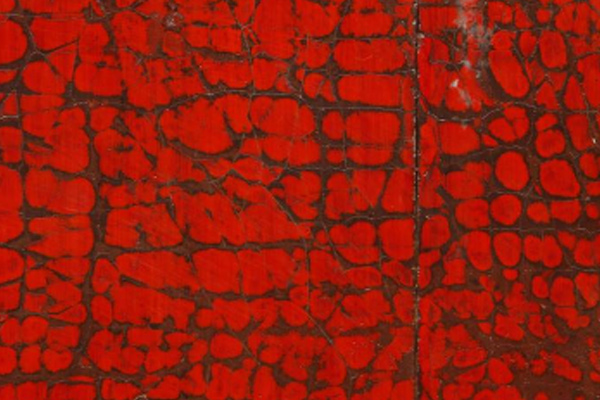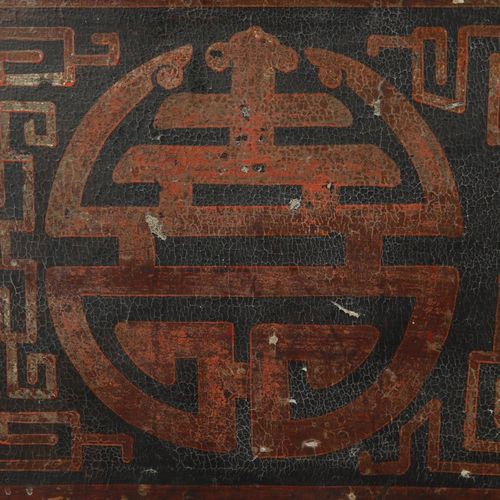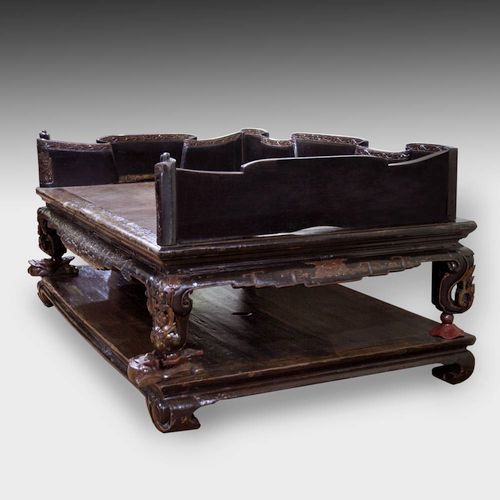Retaining Title – The Provenance of Antique Chinese Furniture
PRIMITIVE - Friday, June 02, 2017By Glen Joffe
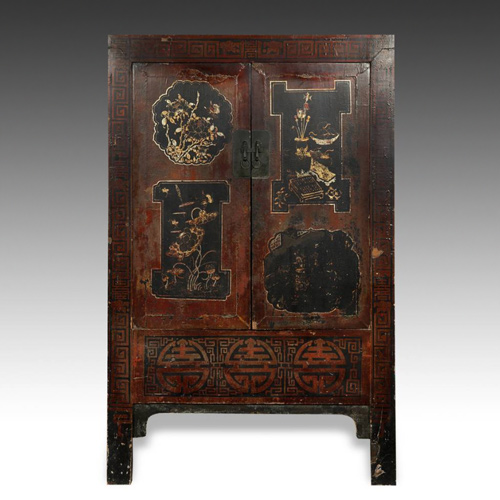 |
|
The western concept of “provenance” can be described as the life story of a particular piece: who made it, where it was made, when it was made, and who has owned it since then. The dictionary definition of this concept simply states it is the history of ownership of art and antiques; but this concept, while it can be used to gauge the value of western antiques, does not apply to furniture made in imperial China. In fact, the Chinese concept of what makes or informs an antique - gu – is different than the western idea. Age, place of origin, the name of the maker or previous owners are not determining factors at all. A successful antique might be new and an old piece of furniture might be considered far less important, regardless of who owned it or condition. Simply put, an antique is a piece of furniture that is “morally ennobling,” a concept that leaves the determination of what is an antique purely in the connoisseur's court.
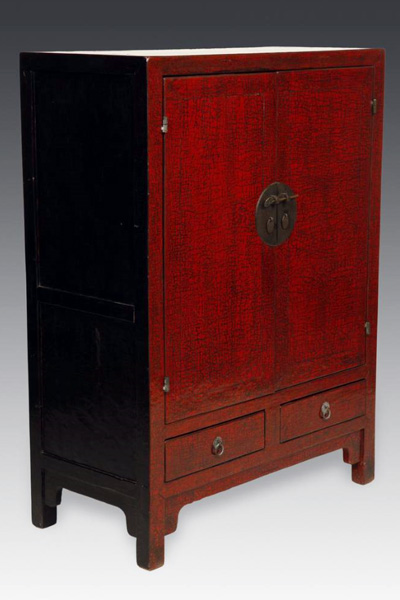 |
|
In tracing the threads of provenance innumerable stumbling blocks are constantly encountered with Chinese furniture. For example, furniture makers typically did not sign their creations. The western idea to immortalize the maker was foreign to Chinese culture, and craftsmen were typically not elevated to notable status. If anyone had their name affixed to a piece of furniture it was likely to be the buyer, since they had all the money and status. However, the appearance of any kind of name or identifying symbol on furniture is extremely rare, so the questions “who made it” and ”who owned it” are rarely answerable.
In examining where a piece of furniture was made and its age, similar difficulties are encountered. For example, it is generally possible to identify regional characteristics; however, such characteristics do not necessarily indicate origin. A Shan Xi style cabinet may have been made in Shan Xi or virtually any other region of China. Once a style became popular it was copied throughout the country. Likewise, specific periods lean toward certain styles; however style does not determine age. Chinese furniture design evolved slowly and the same style furniture could be made for centuries.
To compound matters, the concept of provenance relative to Chinese furniture (and many other art forms including most handicrafts) became utterly confused during China’s Cultural Revolution (1966-1976). At that time the communist Red Guards attempted to rout out the class society, which had dominated ordinary Chinese for centuries. Their zeal resulted in the seizing of many art objects that were either destroyed or carted off to giant warehouses owned by the Peoples Liberation Army. Throughout the Cultural Revolution and the 1980’s this furniture was redistributed with no thought to the original owners. A piece of furniture from a nobleman’s house in the Ming Dynasty might have ended up on a farm sharing quarters with a goat. Such was the fate of a significant portion of important Chinese furniture.
The western concept of provenance simply does not apply to Chinese antiques. When and where something was made and who made it are impossible to determine, and the most recent owners rarely have any connection to the original owners. The chain of ownership inevitably moved to the state, then to new owners or dealers. Finally, and perhaps ironically, as the warehouses have emptied and this furniture has hit Western shores, prices have been driven by the Chinese concept of gu instead of the western concept of provenance and the most aesthetically pleasing pieces have become the most valuable.
